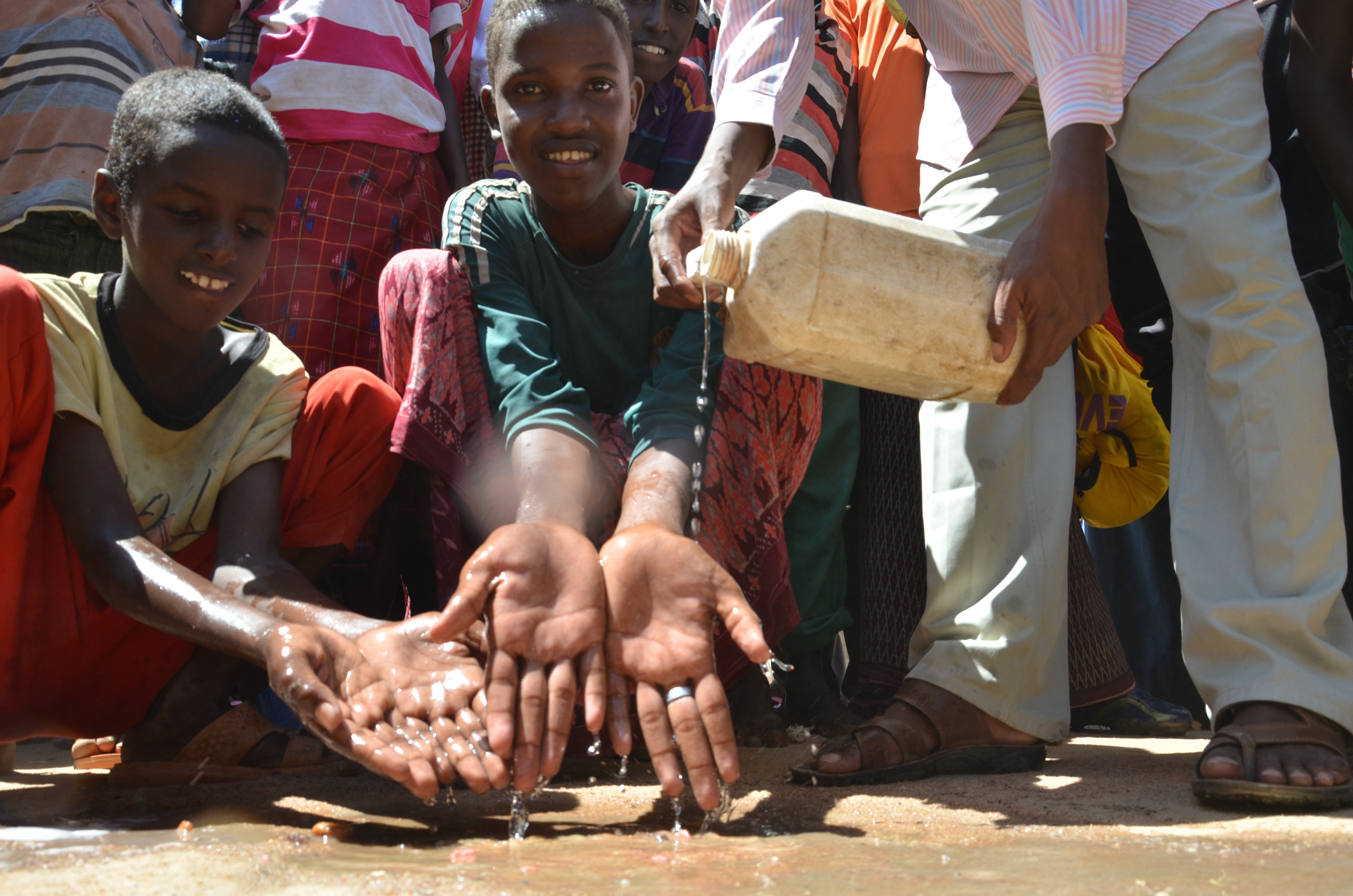As Somalis stream into Kenya, UNHCR races to fill a new refugee camp
As Somalis stream into Kenya, UNHCR races to fill a new refugee camp

IFO EXTENSION, Kenya, Aug 3 (UNHCR) - Henok Ochalla knows he is in for the race of his life. In order to begin to keep up with the vast influx of refugees that continue to arrive in northern Kenya's Dadaab area from conflict-torn and famine-stricken Somalia, the 39-year-old emergency response coordinator for UNHCR must erect a minimum of 300 tents - enough to accommodate 1,500 families (7,500 people) every day.
UNHCR and its partners are moving thousands of newly arrived refugees from overcrowded and unsafe areas of Dadaab to a new extension of the sprawling refugee camp complex. The goal is to provide accommodation for a minimum of 90,000 refugees by the end of November.
Work on the so-called Ifo Extension is well under way even as UNHCR and its partners develop a second location, which will also relieve overcrowding at Dadaab, which was designed to handle 90,000 people when it opened in 1991 and now struggles to cope with a population of some 400,000.
A bitter calculus is at work. More than 73,000 asylum-seekers have arrived over the past two months. They are fleeing conflict and drought that has affected as many as 10 million people in the Horn of Africa.
After recently receiving final approval from the Kenyan government, teams of workers from UNHCR partners now race to erect new accommodation, provide latrines and construct water reservoirs. All this is being accomplished even as UNHCR and its partners simultaneously relocate refugees to the new facilities.
After more than a week, UNHCR is well on the way to meeting its target. Already enough tents to house roughly 10,000 people have been set up. UNHCR partner Oxfam (UK) has installed three water storage tanks with a capacity of 10,000 litres each. Médecins sans Frontières (Spain) continues to provide emergency health services for the extension.
"We are doing A-level work," Ochalla said. "But we need to do A+ work. Everyone is overstretched. But we need to continue."
The process of relocation is also a challenging task. Each family that walks into the relocation area must have a minimum of four family members in order to get a tent. If not, the construction effort will not meet its target of 1,500 per day. Families come into the relocation centre - a makeshift tent in the vast desert - and each has a unique narrative.
At the relocation centre, one man complains that he does not want to live in the same tent with his mother-in-law. Ochalla tells him that this is no time for vanity.
An old woman hobbles in with her two children. She is frail and has walked for miles to enjoy a new home and Ochalla cannot find it in his heart to let her down. "She came a long way for a new home," he said, as he escorted her to her new shelter.
By Greg Beals in Ifo Extension, Kenya


















